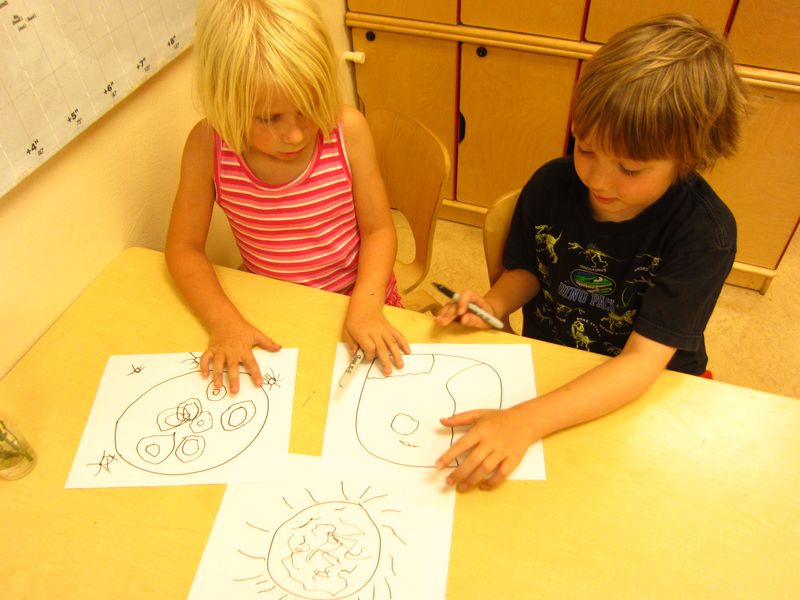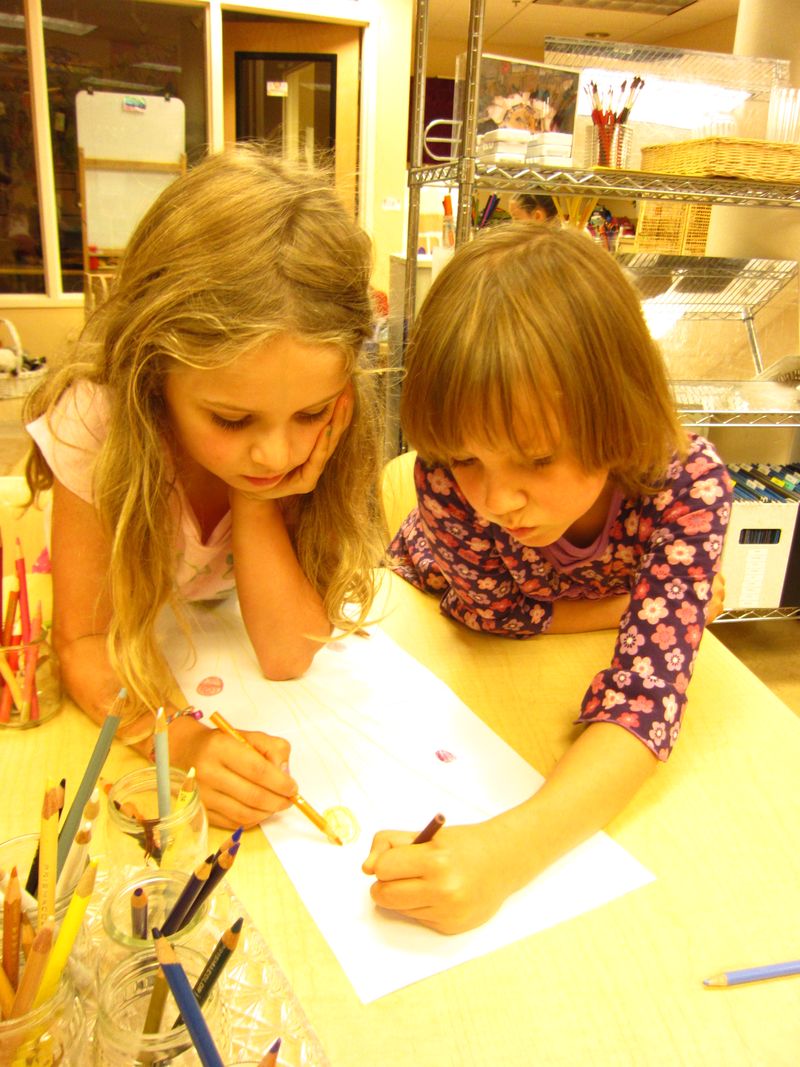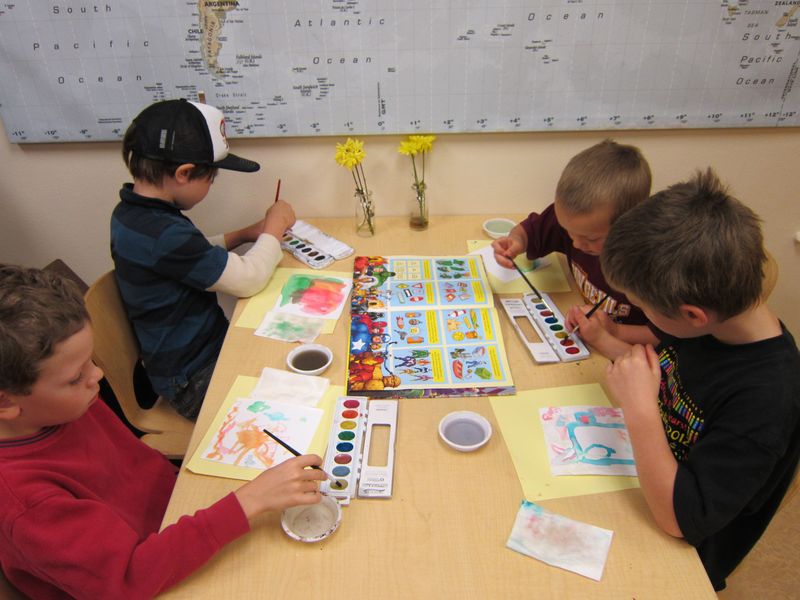Intentions

What kinds of skills will best support children to be
successful citizens in our world today? In an ever changing world, we are
quickly learning that school needs to look different for today’s children than
it did for many of us. The increasing role that technology plays has decreased
our need to memorize facts, because with the click of a button we have access to
all kinds of information that we never had before. Instead, the kinds of things
children need to know are what many now refer to as 21st Century Skills.
These are skills that have little to do with memorizing facts, and much more to
do with critical thinking, communication, collaboration, creativity and
innovation.

But where do we begin? How do we support the building of
these very complex, higher order skills with young children? What does it look
like when children are being metacognitive– when they are thinking about their
own thinking, making plans, setting intentions and following through– and
finding creative alternatives when challenges (inevitably) arise? These are skills that need
to be built, nurtured and supported. If we want and expect our children to learn
to do these things, then first we must give them language and experiences that
support them to practice these complex skills, the kinds of skills that will
serve them well throughout their entire lives.

What does this approach look like in a community of first and second graders? These are some of
the ideas we, in our role as teacher researchers, have been wondering about and playing with
in Opal 2 this year. In fact, a big part of our research at Opal School is to invent practice that supports the authentic development of 21st Century Skills, without sacrificing the skills we traditionally expect children to learn in grade school.
This year we’ve been asking ourselves: What happens when we begin the year talking with children
about intentions? What happens when we give time and space to unpacking the
meaning of that word? What happens when we support children to set their own
intentions from the beginning?

That is what we have been experimenting
with in Story Workshop this year. In the past, children have been expected to
communicate what story they are working on on any particular day and what
material they will choose to tell their story with that day. We have always
expected the children at Opal School to communicate their plans. But what
happens when we take that one step further? What happens when we not only ask
children what material they will use, but ask them to try and express what it is
they are hoping to use that material for, or the ways in which they are
expecting that material to support or influence their thinking and their story
that day?
In Opal 2 there are many things that are happening around those
ideas. And we hope to share many of those happenings and new discoveries on this blog with you. But just for a peek into the kind of language the children have come
up with (from the third week of school) to describe possible intentions they might
have when creating a story, here’s a list that they created.
What are my
intentions today?
(some possibilities)
to bring back a memory
to
remember more details
to find new details
the material matches my mental
image
I think the material can capture my image
it will help me imagine
what I might want to do
it will allow me to make something new
to wake up
a brand new story
to make my story something memorable
to capture my image
in words
to find out what the material does
to learn more about what is
going to happen next
Already the children are showing us thier
willingness to dive into this work together. Their choice of language, their
knowledge of what it means to be a writer, their understanding of what works
well for themselves as authors, and their level of engagement is reminding us
over and over again of the incredible capacities that young children hold and
show when given the opportunities to do so.


Thank you for sharing this, Kerry! I am so excited to see your students articulate the role of materials in supporting their work and developing their habits of mind as authors, and seeing how they approach materials with such intention! I wonder how the list they created will inspire authors in the upper grades at Opal School and authors everywhere?